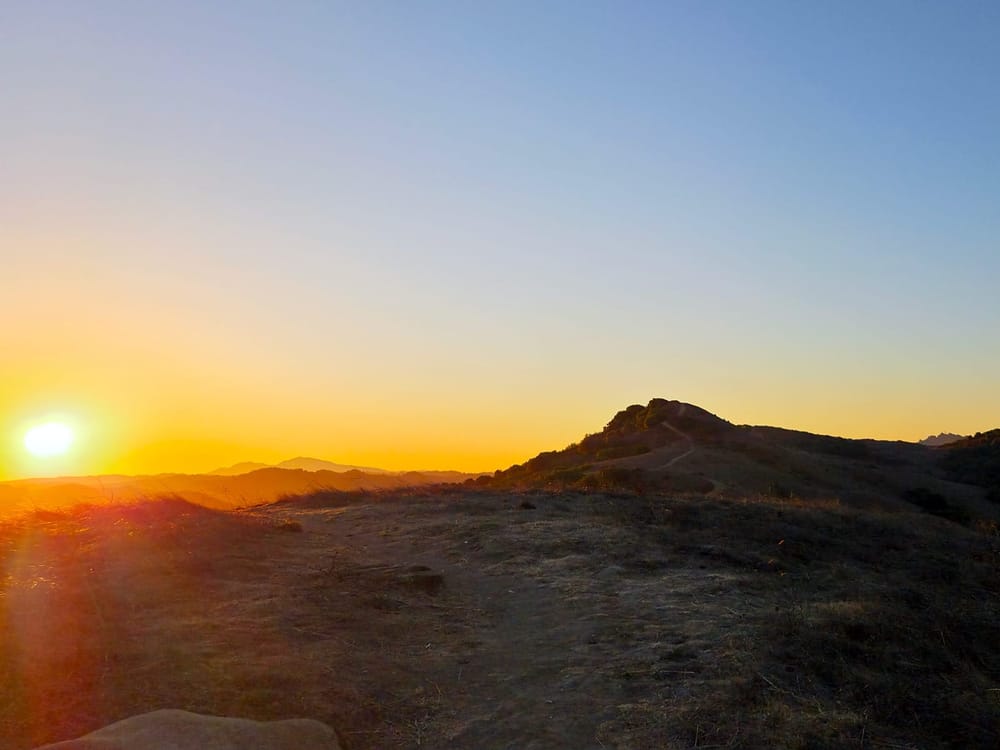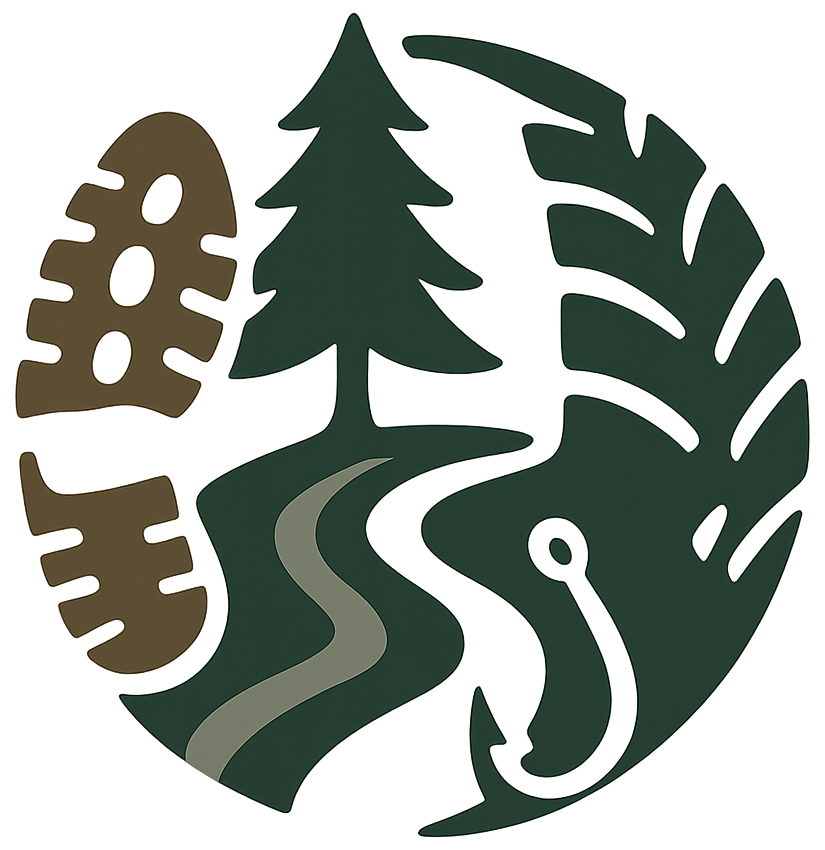The Quiet Return

Six Days Off Trail
The kind of flare that shuts everything down...
Joints, vision, balance, energy, and all the rest.
You don’t negotiate with it. You wait.
This one came on fast. Sometimes it’s a surprise, but I mostly know the signs now. The static edge in my nervous system, the small tells in balance and focus, the way the body starts to hum like a storm line gathering charge. There’s no outrunning it, no “mind over matter.” When it hits, the only honest move is surrender.
Two years ago, surrender meant collapse. Six days off trail would’ve meant six days trapped inside a mental autopsy: What did I do wrong? Did I push too hard? Eat the wrong thing? Miss some signal I should’ve caught? I’d scroll through old data, mapping imaginary fault lines, convinced I’d failed again.
That’s what chronic illness does when you haven’t learned regulation yet. Every setback feels like a moral failure. Every flare carries the full weight of your history. It’s not just pain, it’s proof. Proof that you’re still broken. Proof that nothing’s changed.
But lately something’s been shifting, quiet as moss reclaiming stone. Each flare lands a little softer. The recovery starts a little calmer. The reflex to dissect, to blame, to rebuild the case against myself... It doesn’t light up the way it used to. I didn’t set out to fix it. The system just started learning new routes on its own.
This Time Was Different
Not because the flare was lighter, because it wasn’t. But because I didn’t go to war with myself over it. No self-blame, no spiral. Just the quiet return.
I rested. Not performative rest, not tracking metrics or “optimizing recovery.” Just rest. I let the body lead. I let the data sit where it was. No spreadsheets. No postmortems. Just quiet. I ate what I could. Slept when I could. Let the world move on without me, like a river in spring flood — fast, indifferent, beautiful.
And when the body said yes again, I went. Same trail. Same heavy pack. Same six-mile climb. Same 1,300 feet up and down, again and again. The first steps were cautious, waiting for protest that didn’t come. Then, one foot, then the next. Rhythm returning like breath after deep water.
No fanfare. No commentary. Just motion. Just the quiet return.
That’s the part no one tells you about recovery: how much of it is learning to stop turning pain into proof of failure. The flare still happens. The fatigue, the inflammation, the uncertainty — none of that vanished. What changed was what happened around it.
Regulation Didn’t Make Me Superhuman
It didn’t cure the diagnoses in my file: Lupus, RA, POTS, Intracranial Hypertension, and all the chaos that trails behind them. What it changed was the reflex. The self-blame that used to flash like lightning, it didn’t. The nervous system stayed grounded. The mind didn’t pile on.
That’s not mindset. That’s not positive thinking. That’s what happens when the system finally trusts it’s safe, even when it’s still sick.
I used to think recovery meant consistency: no more flares, no more backslides, no more interruptions. Now I see it differently.
Recovery is the capacity to return without self-destruction.
To start again without shame.
To trust that a flare is a moment, not a sentence.
I didn’t write this as inspiration. I wrote it as record. As a marker. Of what changes when you stop fighting yourself in the middle of what you can’t control.
Because this is what progress looks like when you live with a body that still flares:
You rest.
You return.
You don’t punish yourself in between.
→ Explore more Field Notes
→ Related: What Regulation Made Possible
Keep momentum:
Do a 2-5 min ritual: quick reset for low-capacity moments.
Build capacity: sleep, basics, and minimums that matter.
Reflect for a minute: short reads with a long tail of calm.
*Peer reflection, not therapy advice. Your healing journey is uniquely yours.*

Member discussion